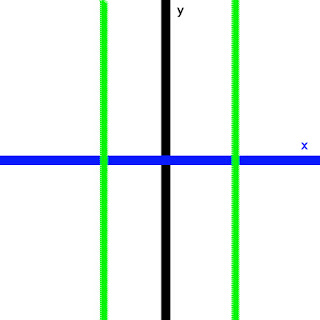What is 6 ÷ 2(3+2)?

So, there has been a debate going around social media as of late. It deals with the order of operations, and the fact that the vast majority of people seem to forget that each step of the order of operations ends with the phrase "from left to right". That phrase is irrelevant most of the time, but when it's not irreverent, it's crucial. Damn you PEMDAS! So what is 9!/8!(3^2)? Is it 81 or 1? Or is it something else entirely? Now I am going to tread lightly here so as to not enrage too many hearts. Before I answer this question, it would be a good idea to review the algebraic order of operations , or PEMDAS: Perform all operations inside parentheses using the remainder of the order of operations as your guide to the order. Any parentheses within parentheses are to be performed from the inside out and from left to right. Perform any and all exponent from left to right. Perform all multiplication and division from left to right. Perform all ad




